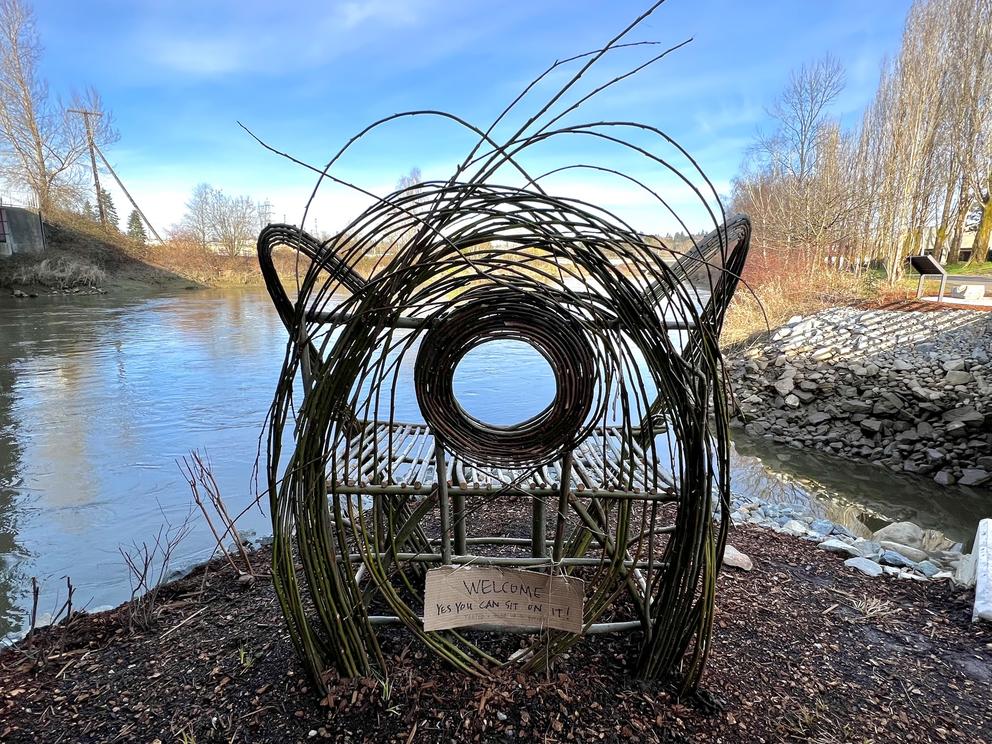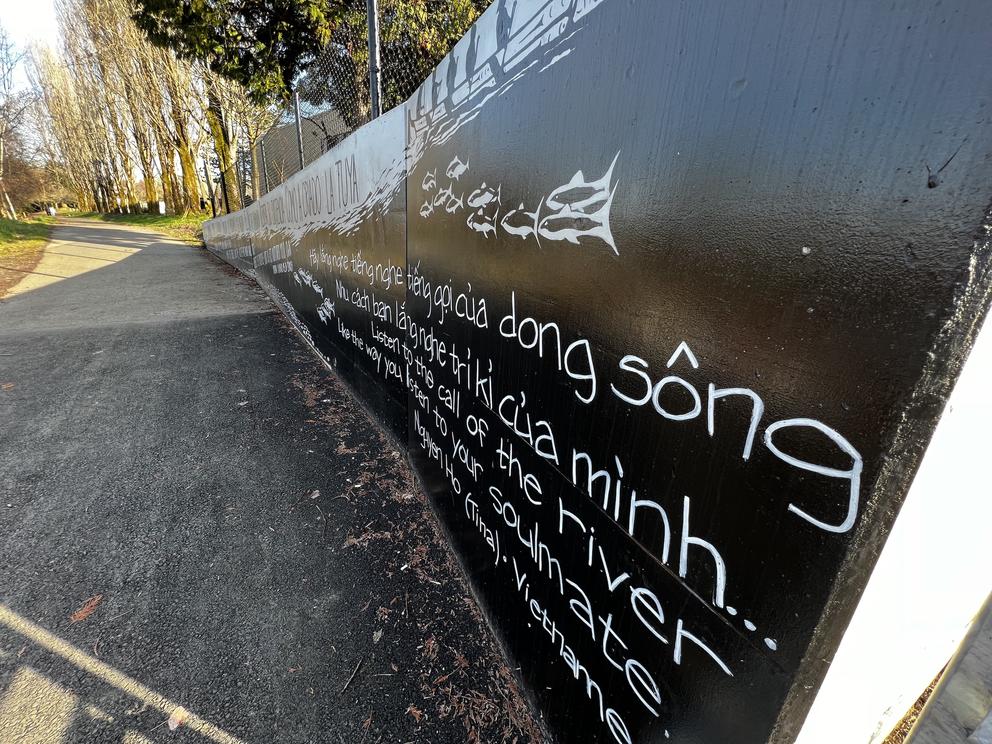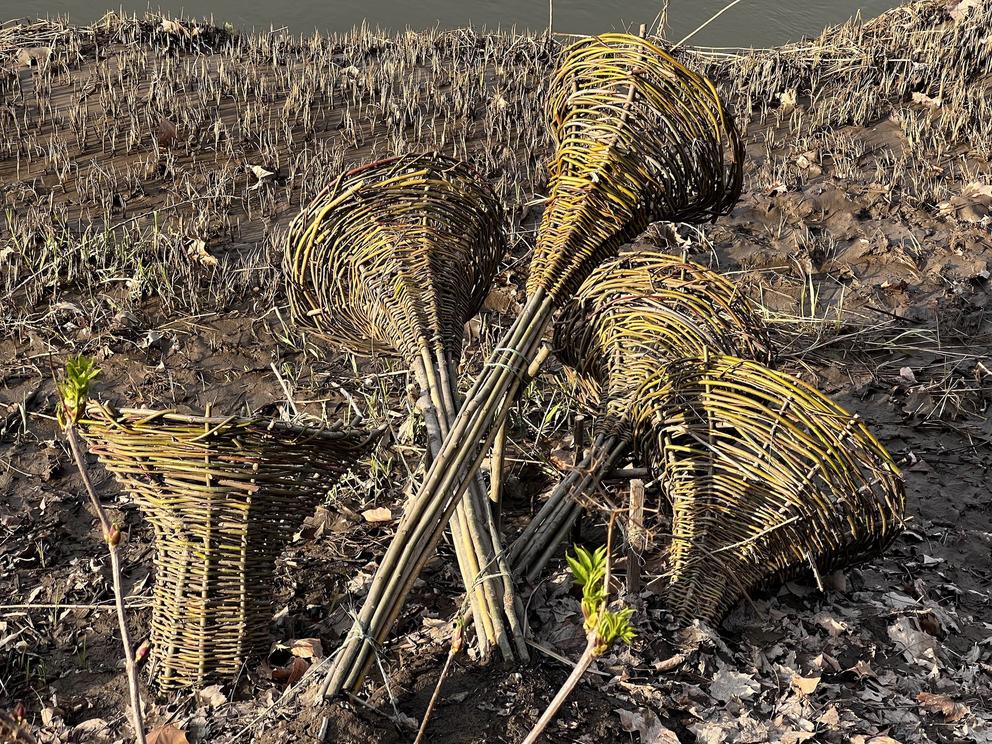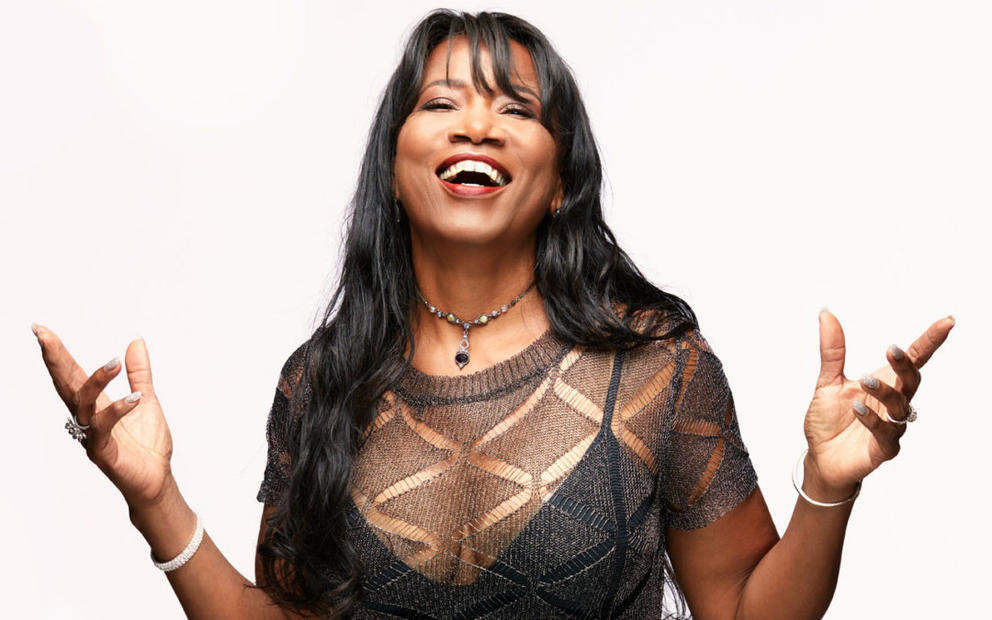With the Washington indoor mask mandate officially lifting this weekend, we’re entering a new phase. And while it doesn’t mean the pandemic is fully over, it does make this an apt time to look back at the two-year anxiety blur and recall the aspects of the pandemic that have already started to fade from our mental planner pages.
ArtSEA: Notes on Northwest Culture is Crosscut’s weekly arts & culture newsletter.
A memory expert says in the New York Times this week that there are mental health benefits in forgetting the pandemic, particularly the traumatic aspects. But I’m hoping not to forget some of the cultural adaptations we made, from game attempts at festive family Zoom calls to drive-in dance performances. We also took a lot of walks — remember all the walking? With the dearth of other activities I felt more connected to seasonal changes, the night sky and the natural environment than ever before.
In the absence of arts events to write about during those early pandemic months, I often took destination walks in search of outdoor art. I returned to that habit last weekend when I sought out a new ecological installation along the Duwamish River. Created by Sarah Kavage, the city of Tukwila’s artist in residence, the Art Walk at Riverton Creek consists of five installations — three of which are alive.
Located along a short stretch of the Green River Trail between Tukwila International Boulevard and East Marginal Way South, the project is nestled into a natural setting surrounded by industry and infrastructure (both a light rail train and an eagle made appearances when I was there). The installations are part of the restoration of Riverton Creek where it meets the Duwamish River.
In the interest of salmon passage, two culverts and flap gates were removed, allowing fish to proceed swimmingly. One of the installations, “A Refuge,” sits right near the water crossing. The felled log (only visible at low tide) was organically dyed and carved with a school of tadpole-like images, then placed back in the creek bed where it now creates a resting pool for salmon.
At the pedestrian underpass nearby is “Freedom of the River,” a series of murals commissioned from multilingual speakers in the area and featuring quotes from different cultures (Vietnamese, Latino, Somali, Duwamish) about the relationship of rivers and community. “Without a river there is no people. Without our people there is no river,” reads a Lushootseed quote from Duwamish tribal member and river cleanup advocate James Rasmussen (translated by Chief Seattle descendant Ken Workman).
My favorite parts of this art walk are the living willow installations — which Kavage (who co-directed the Duwamish Revealed riverside art installation project in 2015) has literally woven into the landscape. One takes the shape of a bench with kitty ears. Take a seat and gaze at the river, which Kavage says “keeps moving and healing.” Another, “King Tide Orchestra,” looks like a blast of brass from the riverbank. And in between those sits the most subtle piece, “Mother Tree,” in which Kavage has woven fresh cuttings from an old, fallen willow on site into the branches of the original tree.
The idea is that the willow branches will take root and grow into new shapes, shifting the landscape as they become one with it. In the same way, the pandemic experience has threaded into our bodies and minds, and altered us — regardless of whether we ever caught the virus — in ways that may grow imperceptible.
(The Art Walk at Riverton Creek is little tricky to find. Park nearby at the Duwamish Hill Preserve, another a nice trail with environmental installations, plus a Mount Rainier view, then walk briefly south on East Marginal Way, cross the Duwamish River via the pedestrian bridge and drop down to the Green River Trail from the Complete Office parking lot.)
Things to Do
For those using the end of the mask mandate as a reason to get out and see live performances, there are plenty of options this month. (Check venues for updated mask and/or vaccination requirements.)
• Local jazz singer/songwriter Eugenie Jones celebrates the release of her third album, Players, on which she shows off her smooth sound with both standards and originals — including “Ey Brother,” which she wrote to celebrate the old jazz haunts on Seattle’s Jackson Street (March 12 at 6 and 8 p.m., at The Royal Room).
• Northwest author Daniel James Brown (The Boys in the Boat) joins Seattle Arts & Lectures to talk about his latest book, Facing the Mountain: A True Story of Japanese American Heroes in World War II (March 15 at 7:30 p.m., at Benaroya Hall and also online).
• Alt-classical string ensemble the Portland Cello Project presents Purple Reign, a concert of diverse music inspired by and written by Prince, featuring guest musicians Saeeda Wright and Tyrone Hendrix (March 16 at 6 and 8:30 p.m. at The Triple Door).
• And at On the Boards, a participatory show commemorates the return to community. 600 Highwaymen’s A Thousand Ways: An Assembly (March 11 at 5 p.m. and March 12 at 2 p.m.) is the third installment of a series Crosscut’s Margo Vansynghel wrote about early in the pandemic. But you need not have seen the first two to get the gist. Here, an intimate (masked) audience works from notecard directives to tell a collective story of endurance, of “audacity in the face of uncertainty.” Sound familiar?
Get the latest in local arts and culture
This weekly newsletter brings arts news and cultural events straight to your inbox.






